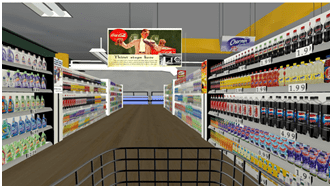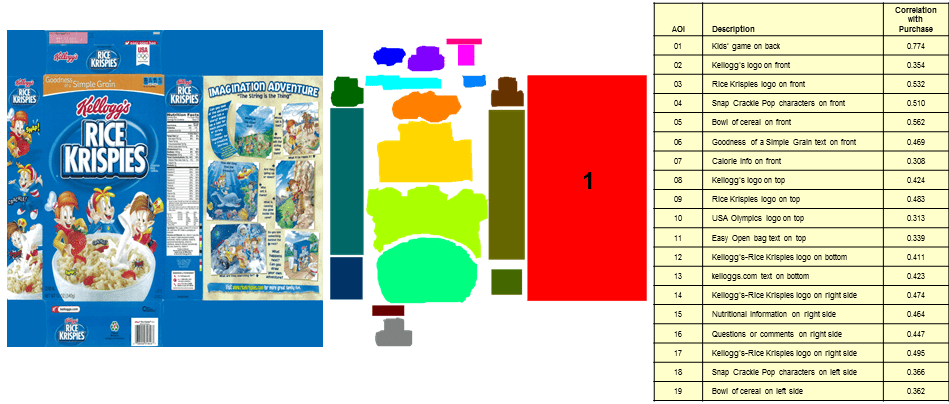Biometrics is a term commonly used in market research circles but poorly understood and applied.
What’s Known
We know that the human senses produce involuntary reactions to stimuli, and that these reactions can be recorded. The recordings are typically called “biometric” data.
Biometric data can include:
- Brainwave variation
- Galvanic skin response
- Heart rate
- Pupil dilation
- Perspiration
- Facial tics
…and more.
What’s Not Known
What’s not known — or poorly understood – is the relationship between biometric measures and marketing outcomes, like sales. Yet this is precisely the area of science Cascade Strategies has been focusing on for the past several years.
How Cascade Strategies provides more certainty than exists in the industry today
Cascade Strategies combines biometrics with advanced eye tracking to maintain the focus on a simple question and answer it for you: “Which parts of my marketing materials are working hardest to produce sales?”
Let’s say you want to know how to design a cereal package to maximize sales of the cereal. (The 3D cereal box below has been flattened for purposes of illustration.)
Let’s say further that there are 19 Areas of Interest (AOI’s) on the package that you want to focus on, and that you have a special interest in determining how strongly the kids’ game on the back (AOI number 1) contributes to sales of the cereal.
We would answer your question by using a technology called BioNimbus, available from our subsidiary company Nimbus Online, Inc.
How BioNimbus works
BioNimbus invites shoppers to browse an entire shelf in a Virtual Reality environment, asking them to shop as they would normally for cereal.
 |
 |
They are free to pull any cereal from the shelf, rotate it, look at the back, top, sides, whatever. They can do this as often as they like.
They are free to buy as many items as they want in the Virtual Reality environment. While they do this, we record everything they look at, take from the shelf for closer examination, put back on the shelf, and buy — all in a carefully time coded back end dataset. We also record their physiological responses to everything they see and sense — their brain state, their electrodermal activity (skin response), and so forth.
“Everything they look at” includes Areas of Interest (AOI’s) on the 3D package — the same package they can turn, flip, rotate, etc. (The 3D package below is flattened for purposes of illustration.)
Now we can answer the question
Now we know which parts of the package contributed most strongly to sales. As respondents focus on AOI’s and have their biometric responses recorded, we can correlate the positive responses with sales.
This is practical, useful knowledge that quite simply wasn’t available before. We can now go back to the package design team and say with statistical confidence “the kids’ game on the back contributed strongly to sales when featured on this package.”
While this example is of a cereal package, the principle is the same for anything at all that can examined and evaluated by consumers in either 2D or 3D space: a web page, a physical phone or tablet, a human face or body, an ad, a poster, a package, a car, an interior of a home or office — whatever you want.
Contact us to discuss your need
Please feel free to call us to discuss your application or need. You can talk to Juho (pronounced “yoo-ho”), Howard, or Jerry at (425) 677-7430. Or simply email us at cascade@cascadestrategies.com. We’ll get back to you quickly!




